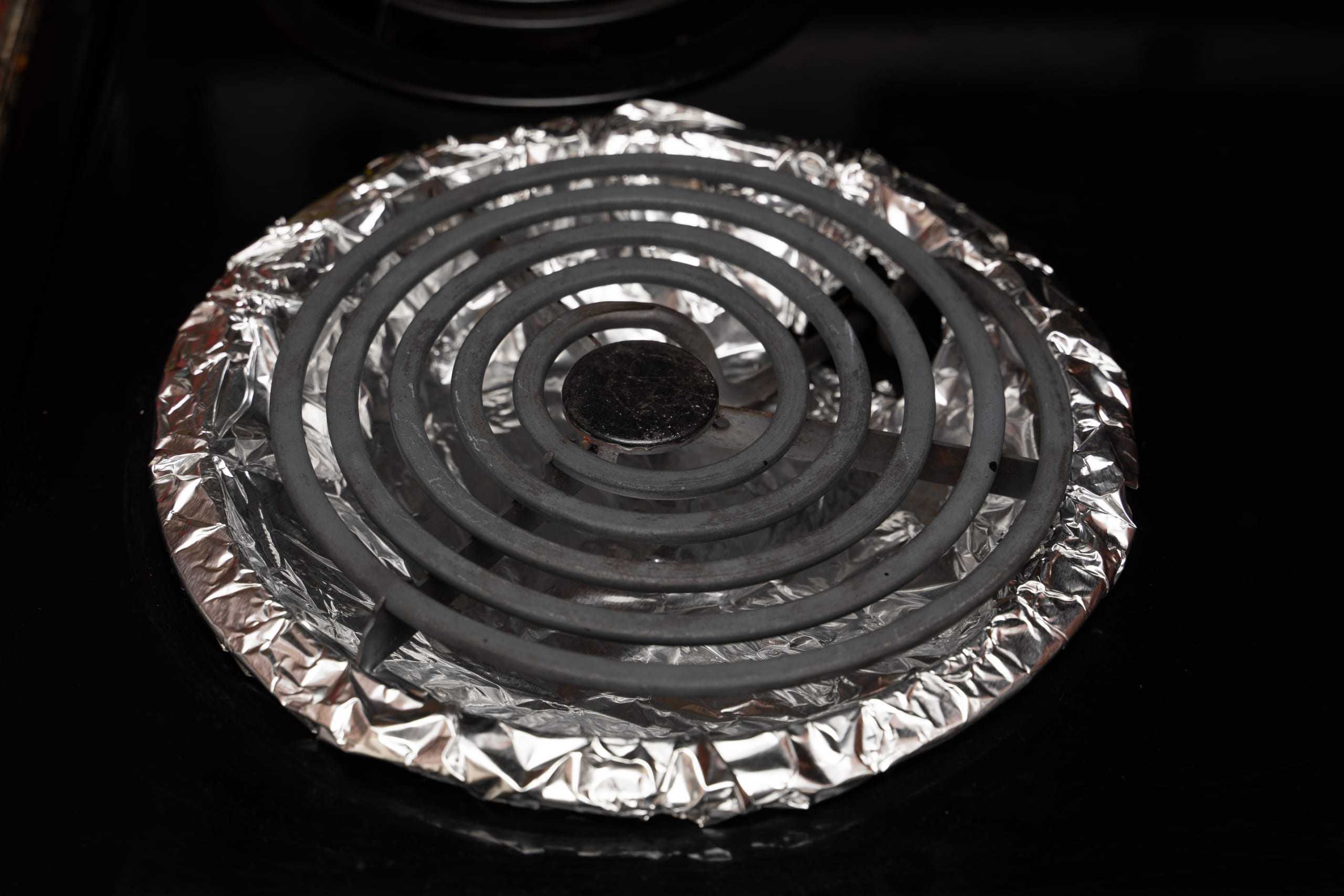

Articles
What Does Foil On Stove Burners Do
Modified: May 6, 2024
Discover the benefits and uses of using foil on stove burners in this informative article. Learn how it can protect and extend the life of your burners while making cleanup a breeze.
(Many of the links in this article redirect to a specific reviewed product. Your purchase of these products through affiliate links helps to generate commission for Storables.com, at no extra cost. Learn more)
Introduction
When it comes to cooking on a stove, many of us are always on the lookout for ways to make our lives easier. One popular method that has garnered some attention is the use of foil on stove burners. You may have heard that placing foil on your burners can help with clean-up and even improve cooking efficiency. But what exactly does foil on stove burners do, and is it safe to use?
In this article, we will explore the functions of foil on stove burners, its potential risks and dangers, and alternatives that you can consider. By understanding the purpose and potential implications of using foil on stove burners, you can make an informed decision about whether it is right for you.
Key Takeaways:
- Using foil on stove burners can lead to fire hazards, reduced airflow, and potential damage to burners. Consider safer alternatives like drip pans, non-stick cooking mats, and adjusting cooking techniques for a hassle-free cooking experience.
- While foil on stove burners may seem convenient, it poses risks such as fire hazards and electrical issues. Explore safer options like drip pans, non-stick cooking mats, and regular cleaning to protect your stove and ensure efficient cooking.
Read more: What Are Stove Burners Called
Understanding Foil on Stove Burners
Before diving into the functions and risks associated with using foil on stove burners, it’s important to have a clear understanding of what exactly this practice entails. When we refer to “foil on stove burners,” we are specifically talking about placing a layer of aluminum foil on the burners of a gas or electric stove.
The idea behind using foil on stove burners is to create a barrier between the food being cooked and the actual burner surface. By doing so, it is commonly believed that foil can help protect the burners from spills, drips, and other messes that can occur during the cooking process. Additionally, some individuals claim that using foil can help distribute heat more evenly, leading to more efficient cooking.
It’s worth noting that the use of foil on stove burners is more common in some cultures and regions than others. While it may be a common practice for some, it’s important to consider both the benefits and potential risks before deciding whether or not to use foil on your own stove burners.
Functions of Foil on Stove Burners
Using foil on stove burners serves several functions that may appeal to those looking for convenience and easier clean-up in the kitchen. Here are some of the main functions associated with using foil on stove burners:
- Protection from spills: One of the primary reasons people use foil on stove burners is to protect the burners from spills and drips. When cooking certain foods that have a tendency to bubble over or release oils, such as sauces or frying, using foil can help create a barrier between the food and the burner, making it easier to clean up any messes.
- Even heat distribution: Some individuals believe that using foil on stove burners can help distribute heat more evenly during the cooking process. The foil acts as a conductor, helping to disperse the heat across the cooking surface. This can result in more consistent cooking and prevent hot spots.
- Energy efficiency: Another claimed benefit of using foil on stove burners is improved energy efficiency. By reflecting heat back up towards the cookware, foil can potentially reduce cooking times and energy consumption. This can be especially beneficial for those who are conscious of their energy usage and want to minimize their environmental impact.
While these functions may sound appealing, it’s important to note that the actual effectiveness of using foil on stove burners can vary depending on factors such as the type of stove, the cookware used, and the cooking method employed. Furthermore, it’s crucial to weigh these benefits against the potential risks and dangers associated with using foil on stove burners.
Using foil on stove burners can help catch spills and drips, making cleaning easier. However, it can also block airflow and cause overheating, so use it with caution.
Potential Risks and Dangers of Using Foil on Stove Burners
Although using foil on stove burners may offer some conveniences, it is essential to consider the potential risks and dangers associated with this practice. Here are a few important factors to be aware of:
- Fire hazard: One significant risk of using foil on stove burners is the potential for a fire hazard. When improperly used, the foil can overheat and catch fire, leading to a dangerous situation in the kitchen. This is especially true for gas stoves where the open flame can come into direct contact with the foil.
- Reduced airflow: Placing foil on stove burners can restrict the airflow required for proper combustion on gas stoves. This can lead to incomplete burning of gas and the release of carbon monoxide into your living space. Carbon monoxide is a colorless, odorless gas that can be harmful or even fatal if inhaled in high concentrations.
- Damage to burners: Foil can cause damage to stove burners over time. The build-up of debris, spills, and trapped moisture between the foil and the burners can lead to corrosion and deterioration of the burner surface. This can result in decreased efficiency and potential safety hazards.
- Electrical issues: For electric stoves, using foil on the burners can pose electrical risks. When the foil comes into contact with the heating element, it can cause a short circuit or electrical arcing. This can potentially damage the stove, trip the circuit breaker, or even cause an electrical fire.
- Lack of stability: Placing foil on stove burners can create an unstable cooking surface, especially if the foil is not securely attached. This can lead to pots and pans sliding or tipping over, resulting in spills, burns, or other accidents in the kitchen.
Considering these potential risks, it is crucial to exercise caution and evaluate the necessity of using foil on your stove burners. There are alternative methods that can achieve similar outcomes without the associated dangers.
Alternatives to Foil on Stove Burners
If you want to avoid the potential risks and dangers of using foil on your stove burners, there are several alternative methods you can consider. These alternatives can help achieve similar outcomes without compromising safety:
- Drip pans or burner covers: Drip pans or burner covers are specially designed accessories that fit over your stove burners. They are typically made of materials like stainless steel or porcelain and offer a protective layer that can catch spills and drips. These accessories are easy to remove and clean, providing a convenient solution for keeping your stove burners clean.
- Non-stick cooking mats: Non-stick cooking mats are heat-resistant mats that can be placed on top of your stove burners. These mats provide a barrier between your cookware and the burners, preventing direct contact and making clean-up easier. They are typically made from materials such as silicone or fiberglass and can withstand high temperatures.
- Cleaning regularly: One of the simplest alternatives to using foil on stove burners is to maintain a regular cleaning routine. Wiping down the burners after each use and deep cleaning them periodically can help prevent the buildup of debris and make clean-up easier. There are also specific cleaning products available that can effectively remove stubborn stains and spills.
- Adjusting cooking techniques: Another alternative is to adjust your cooking techniques to minimize spills and drips. Using larger pots and pans, covering your cookware with lids, and having proper control over the heat can help reduce the likelihood of messes on your stove burners.
- Keeping a simmer ring: A simmer ring is a heat diffuser that can be placed between your food and the stove burner. It helps distribute the heat more evenly, preventing hot spots and reducing the chances of burning or sticking. Simmer rings are particularly useful for delicate foods that require slow and gentle cooking.
By exploring these alternatives, you can find a method that best suits your needs and preferences while ensuring a safe and efficient cooking experience without the use of foil on your stove burners.
Read more: What Are Stove Burners Made Of
Conclusion
While the use of foil on stove burners may seem like a convenient solution for easier clean-up and improved cooking efficiency, it is important to weigh the benefits against the potential risks and dangers. Placing foil on stove burners can result in fire hazards, reduced airflow on gas stoves, damage to burners, electrical issues on electric stoves, and lack of stability in the cooking surface. These risks should not be taken lightly.
Fortunately, there are alternatives available that can achieve similar outcomes without compromising safety. Drip pans or burner covers, non-stick cooking mats, regular cleaning, adjusting cooking techniques, and using simmer rings are all viable alternatives that can protect your stove burners, improve heat distribution, and make clean-up easier.
Ultimately, the decision to use foil on stove burners is a personal one. It is essential to consider the specific circumstances of your stove, the type of cooking you do, and your comfort level with the potential risks involved. If you do choose to use foil, be sure to do so carefully and follow proper safety guidelines to minimize any potential dangers.
Remember, the safety of yourself and your home should always be the top priority. By being aware of the functions, risks, and alternatives associated with using foil on stove burners, you can make an informed decision that suits your cooking needs and ensures a safe and enjoyable culinary experience.
Now that you're equipped with knowledge about foil on stove burners, why not dive deeper into maintaining a pristine kitchen? For those stubborn spots and old spills, our next guide on oven cleanliness offers practical cleaning hacks. From simple ingredients to clever techniques, you’ll find everything needed to ensure your oven looks as good as new without breaking a sweat. Ready to tackle that grime? Check out our easy-to-follow tips for a spotless oven.
Frequently Asked Questions about What Does Foil On Stove Burners Do
Was this page helpful?
At Storables.com, we guarantee accurate and reliable information. Our content, validated by Expert Board Contributors, is crafted following stringent Editorial Policies. We're committed to providing you with well-researched, expert-backed insights for all your informational needs.
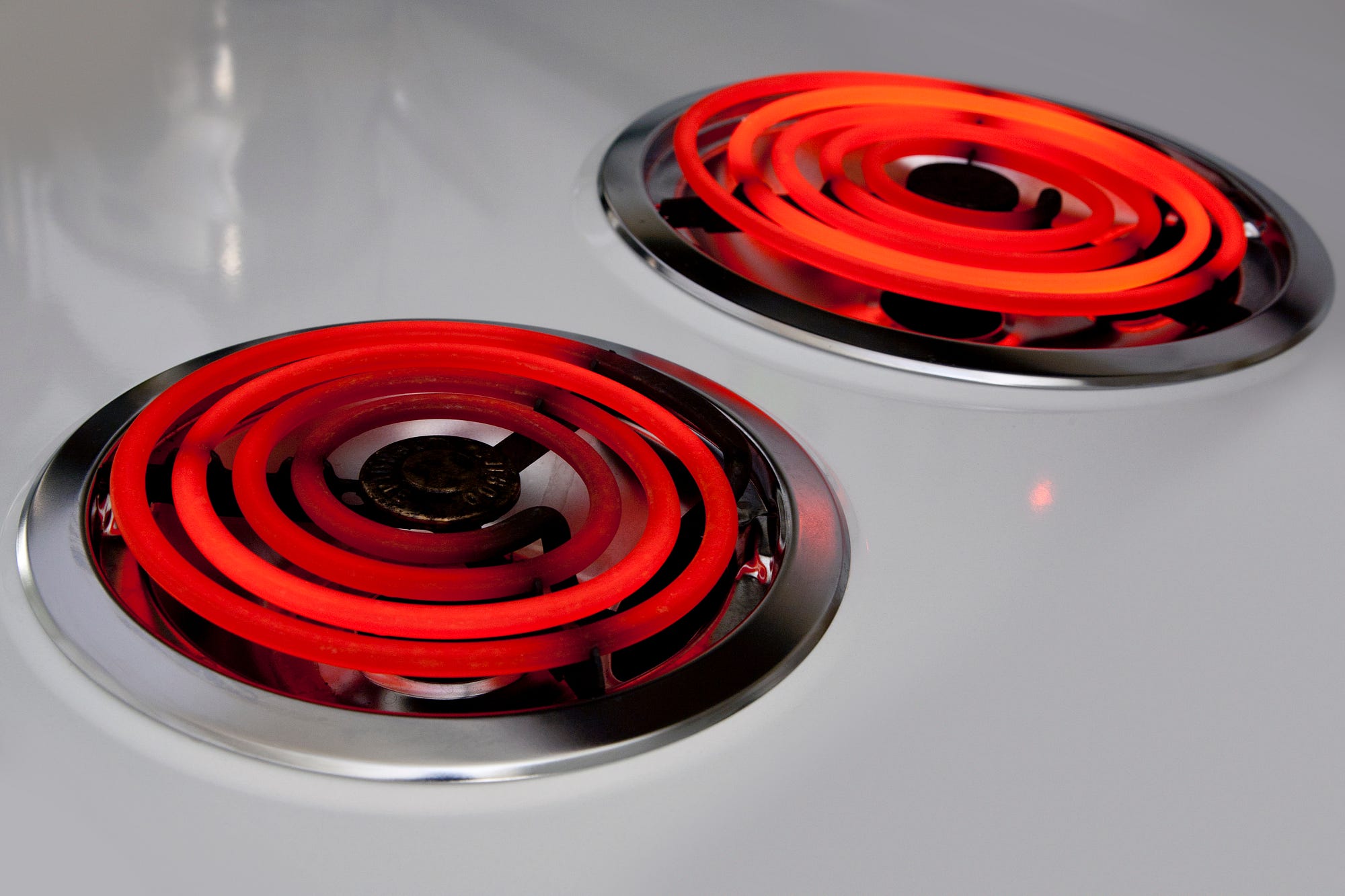
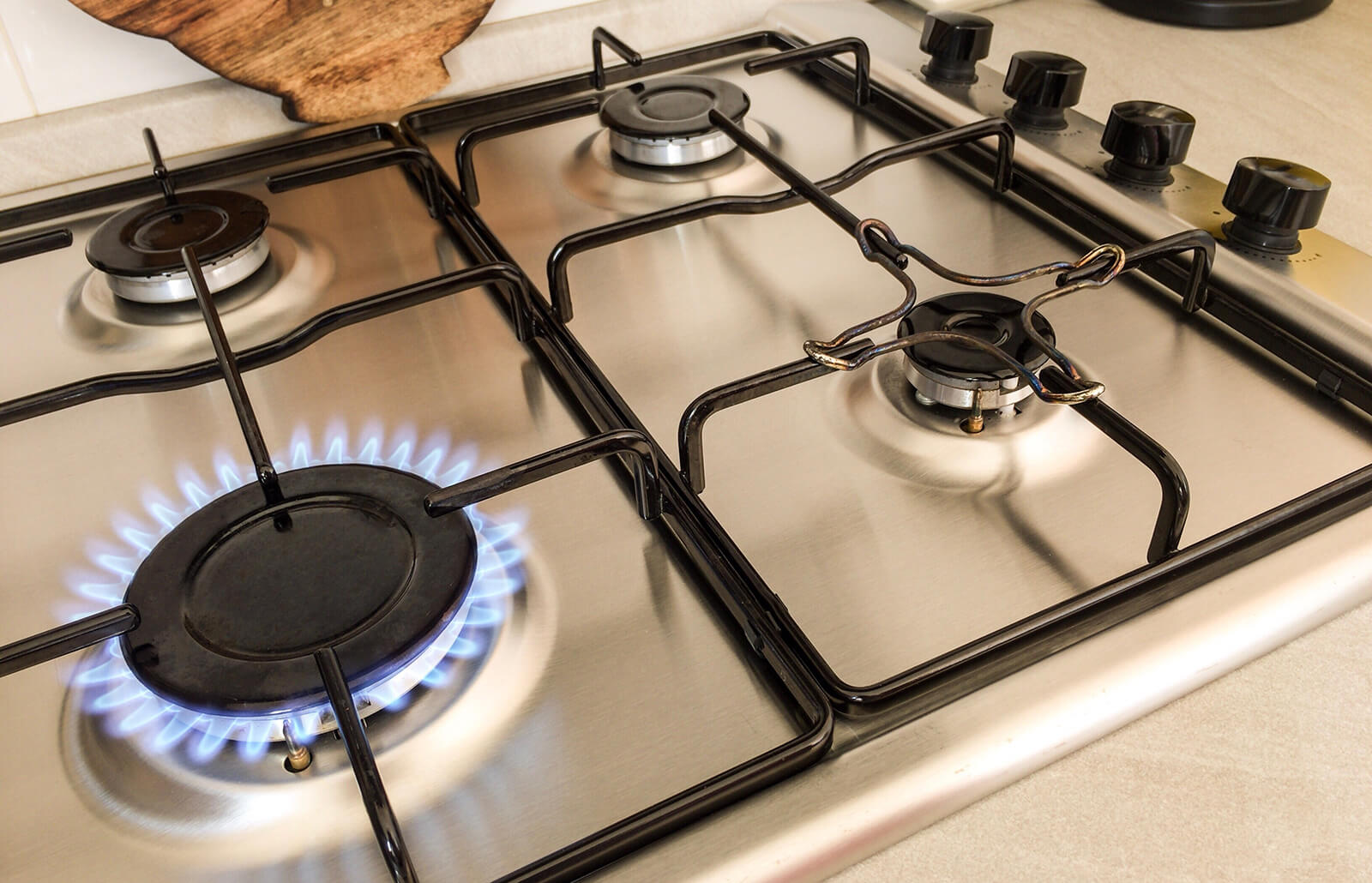
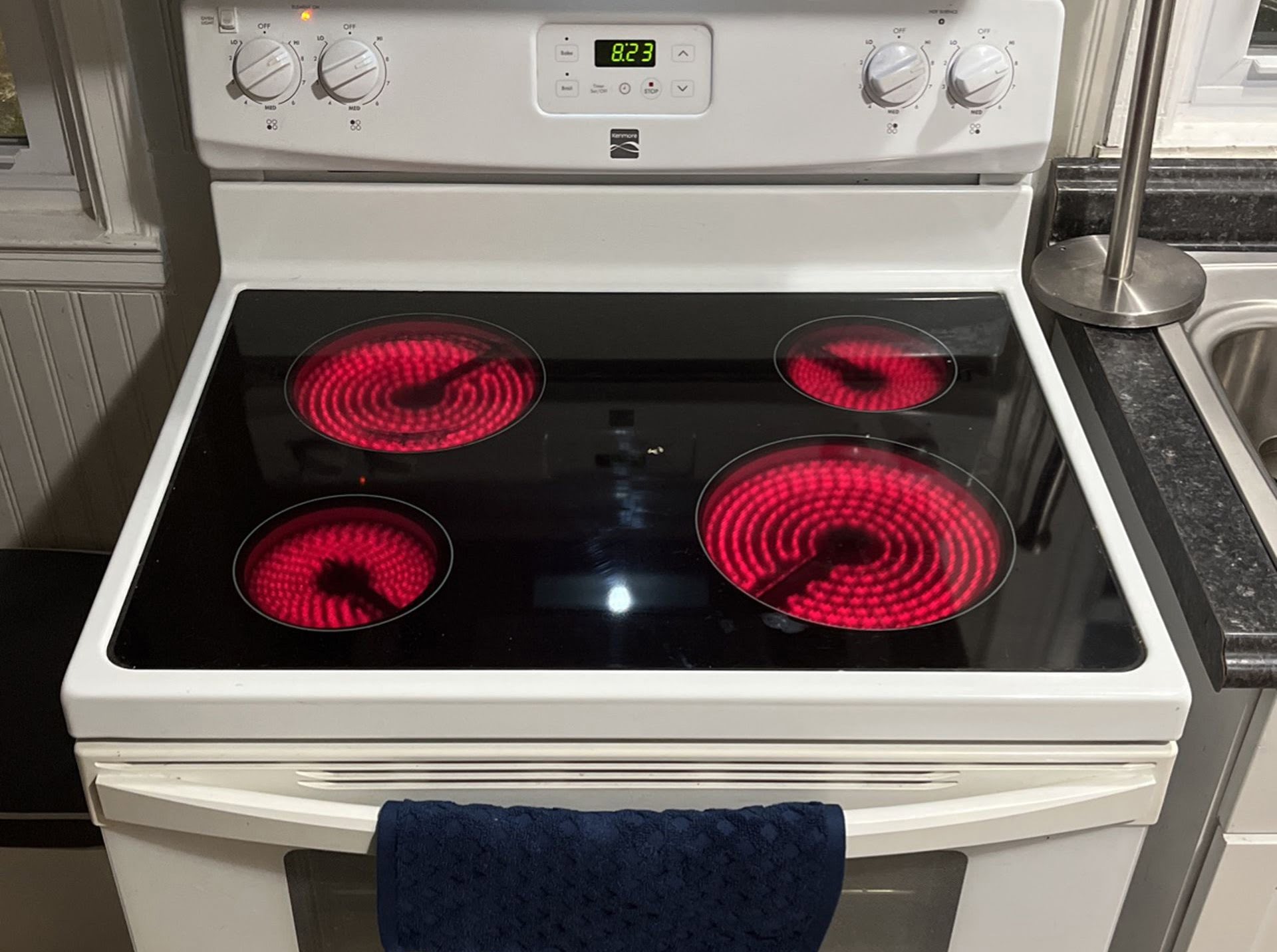
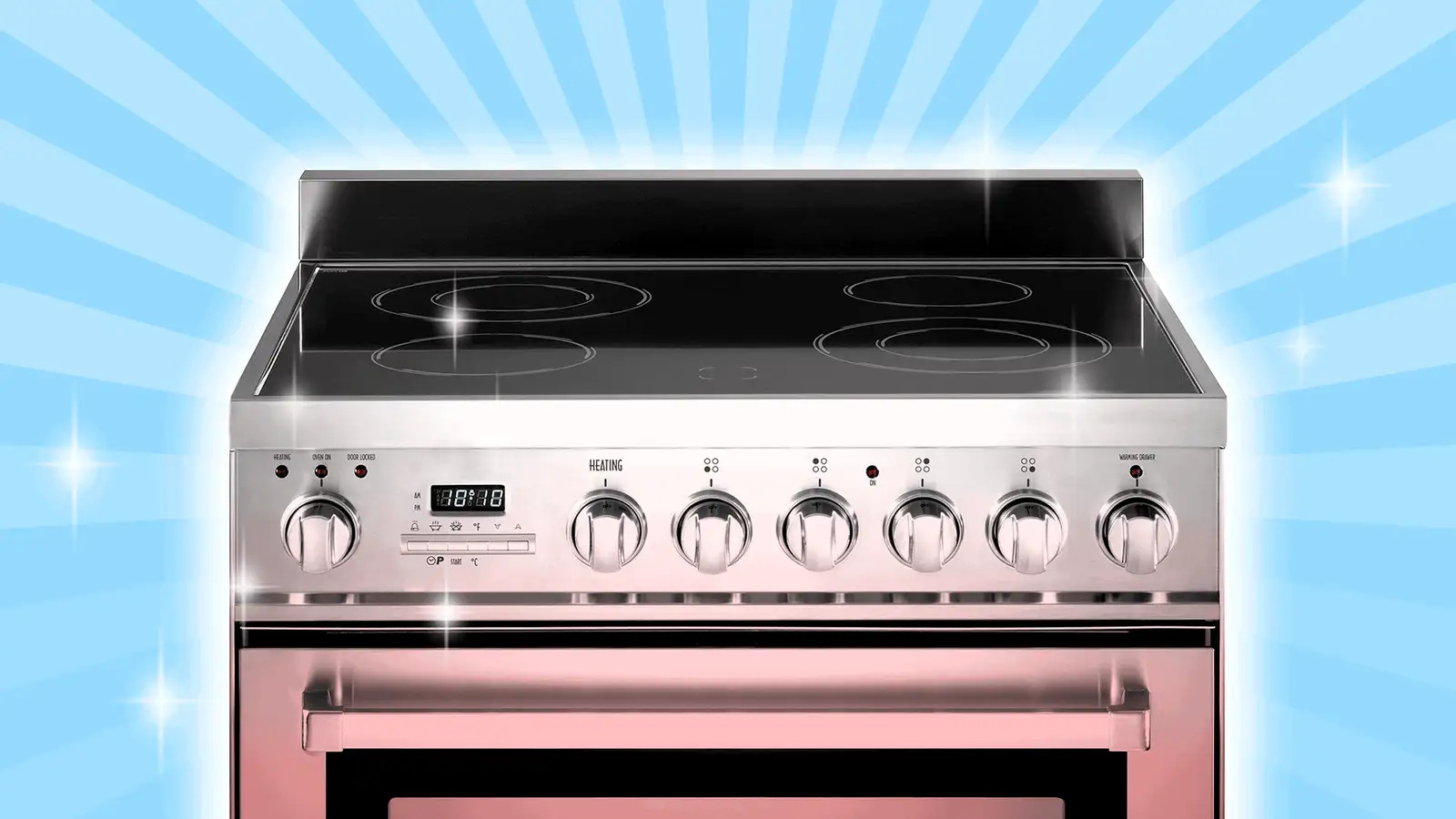
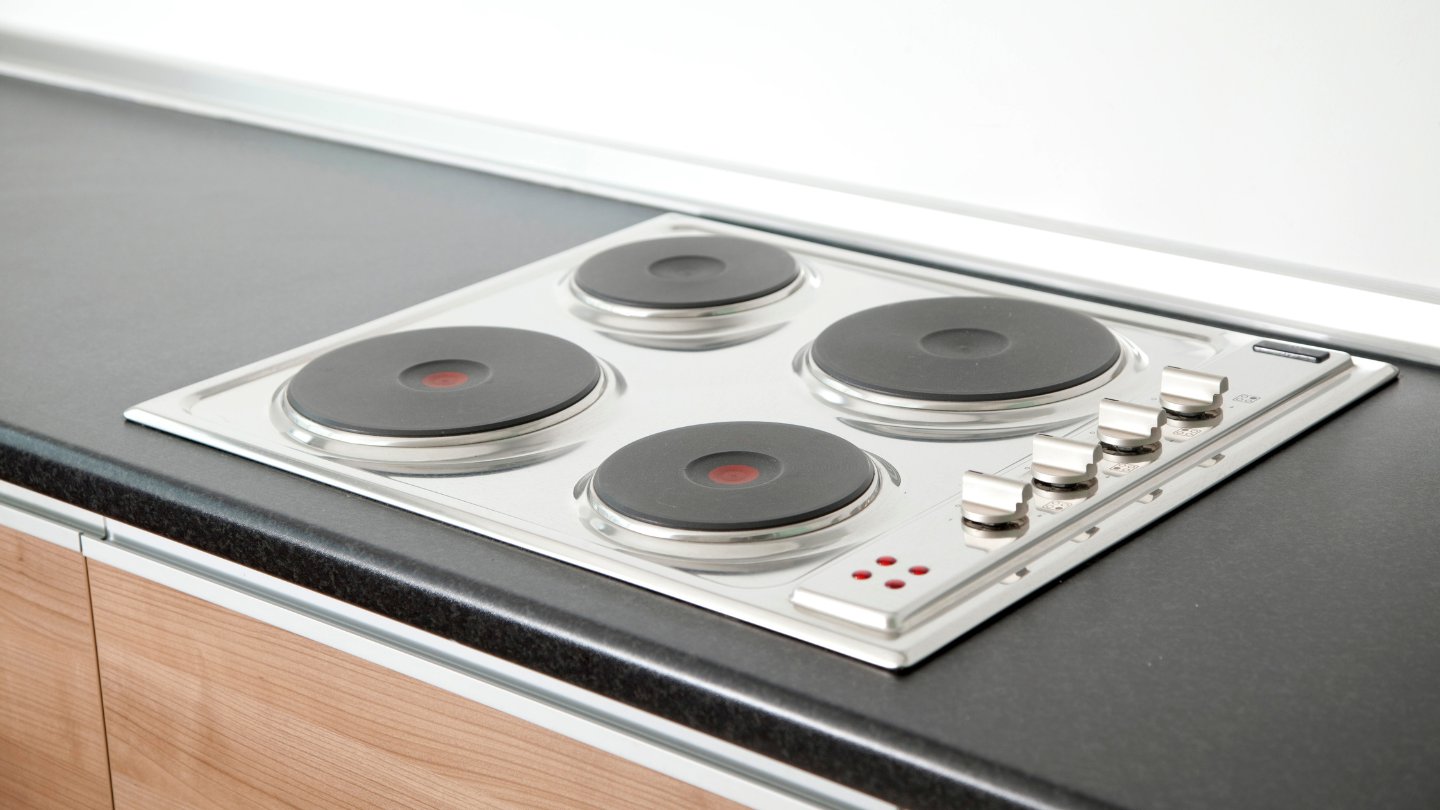
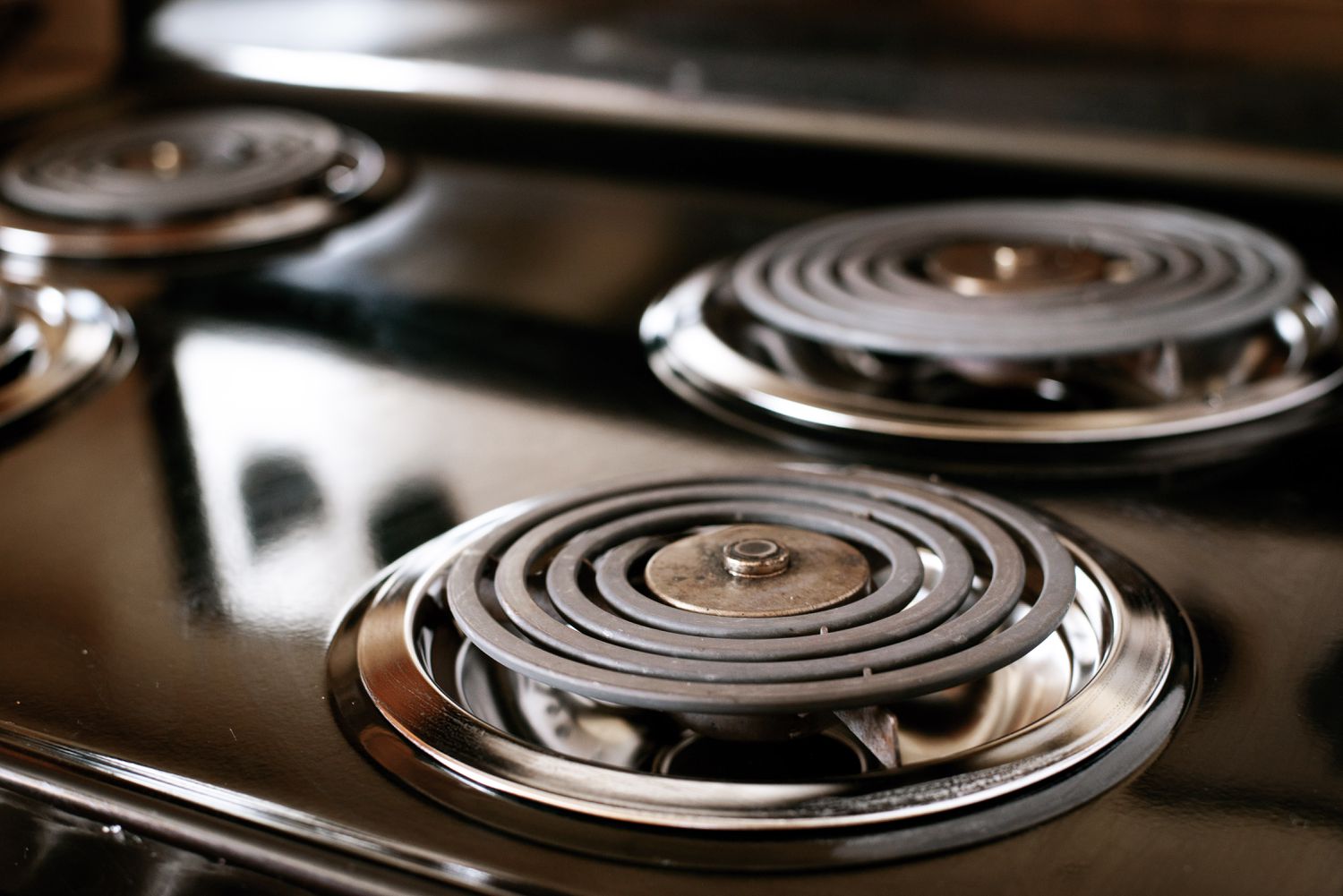
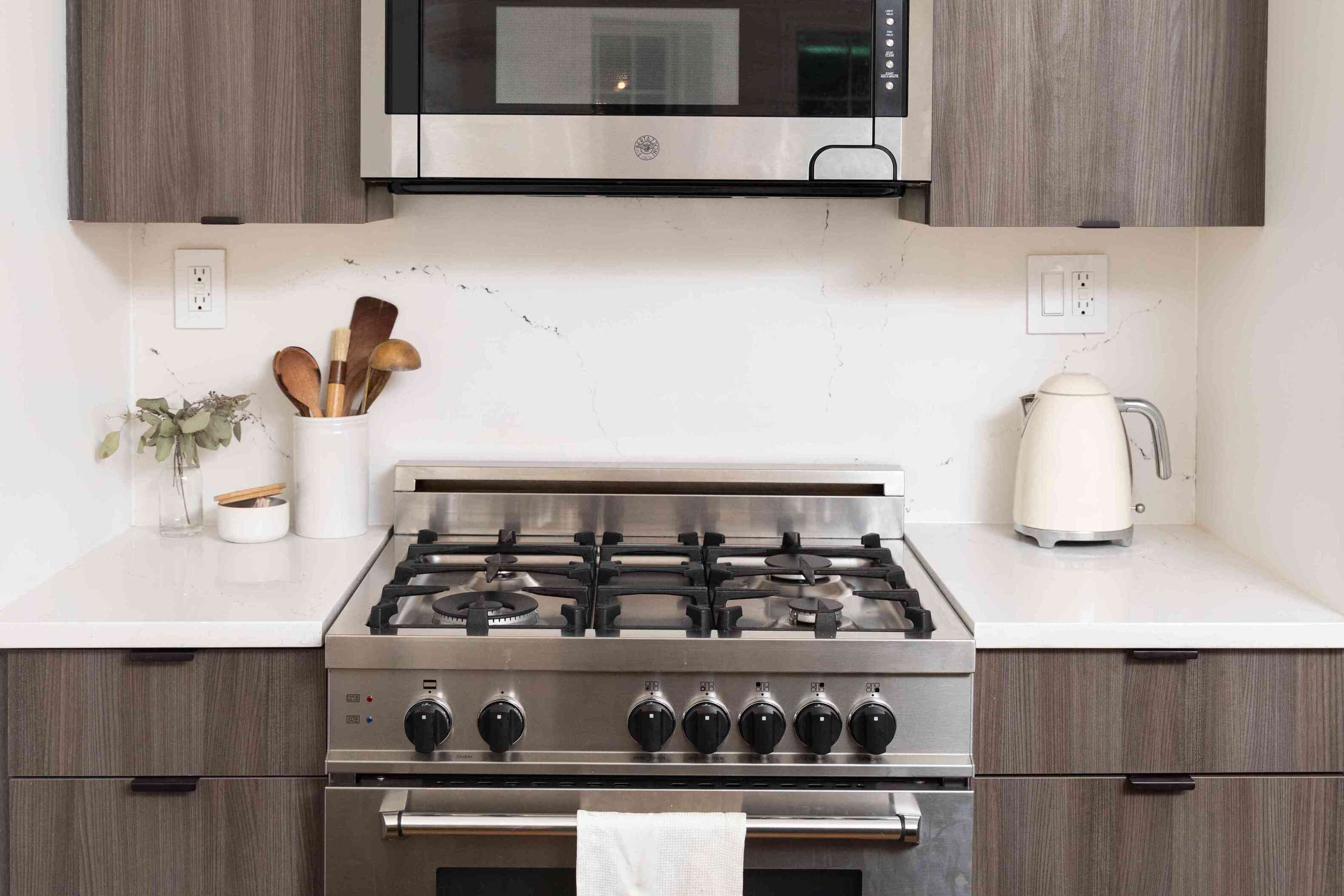
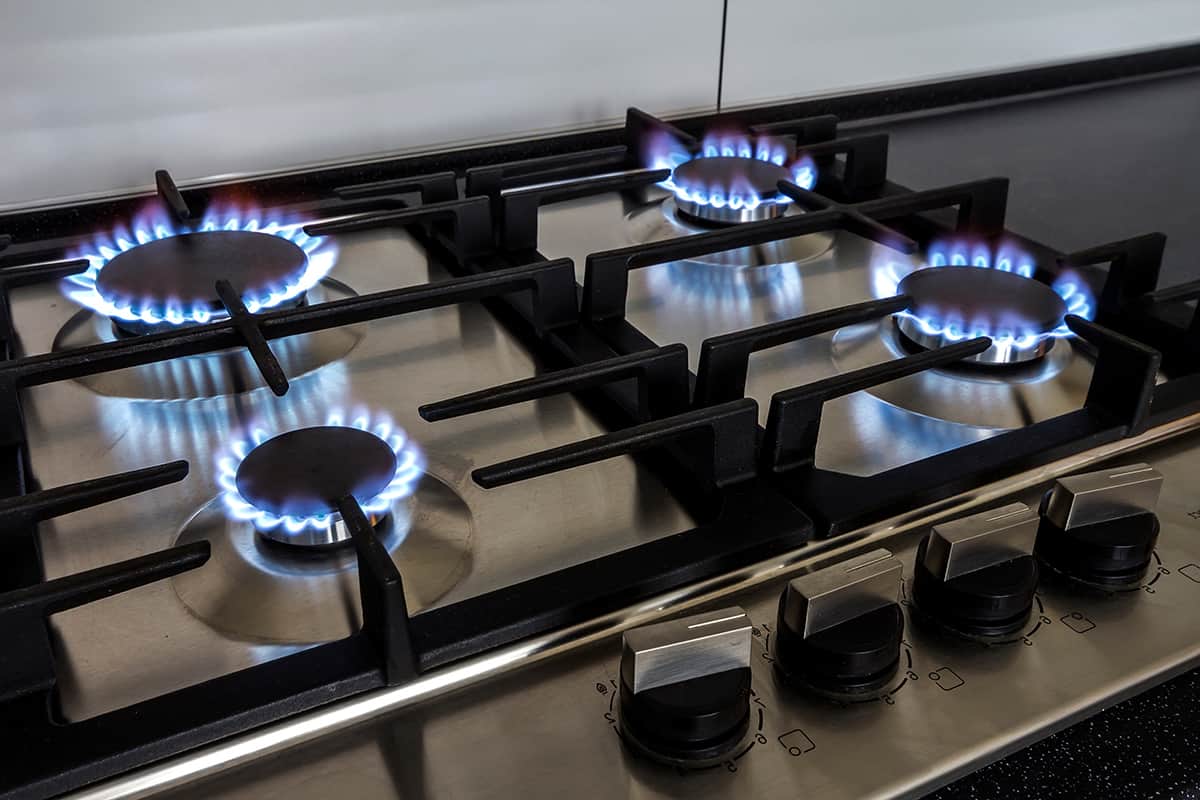
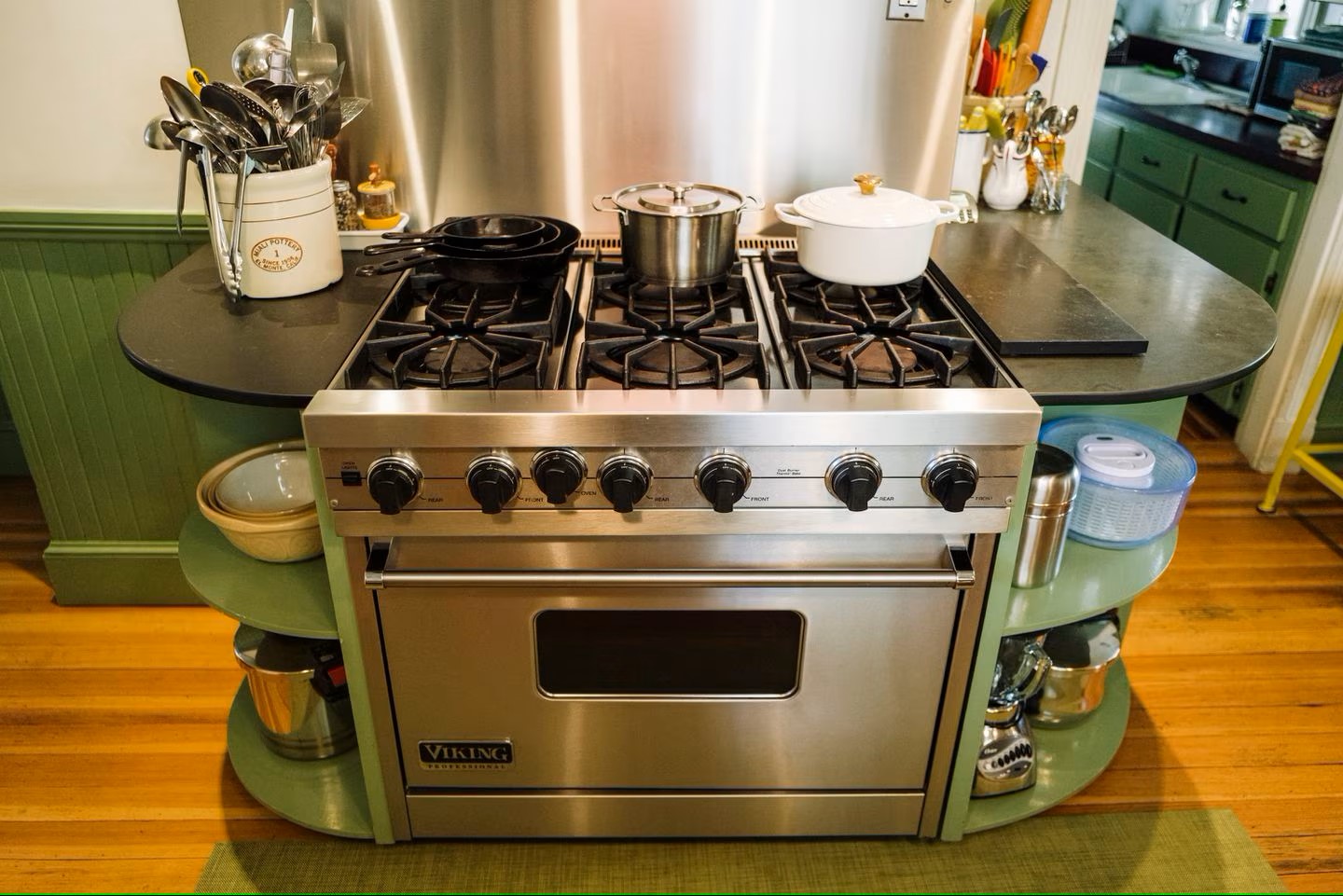
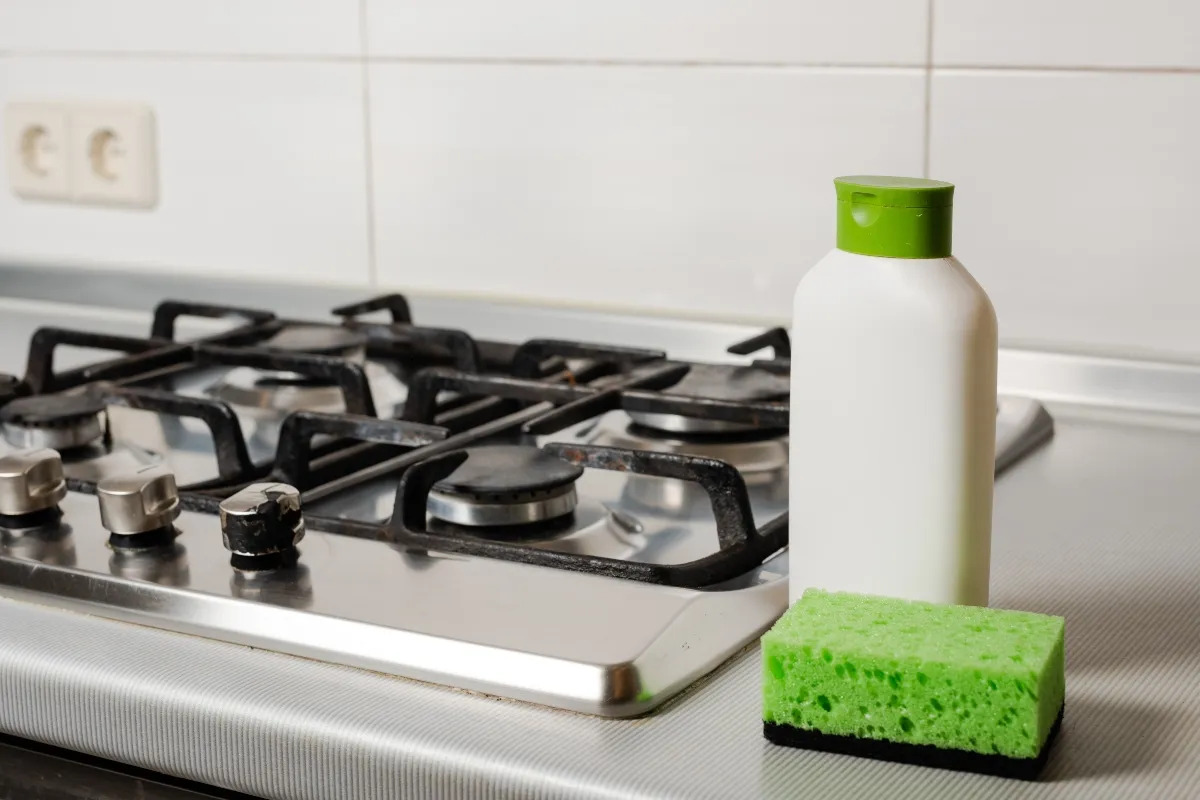
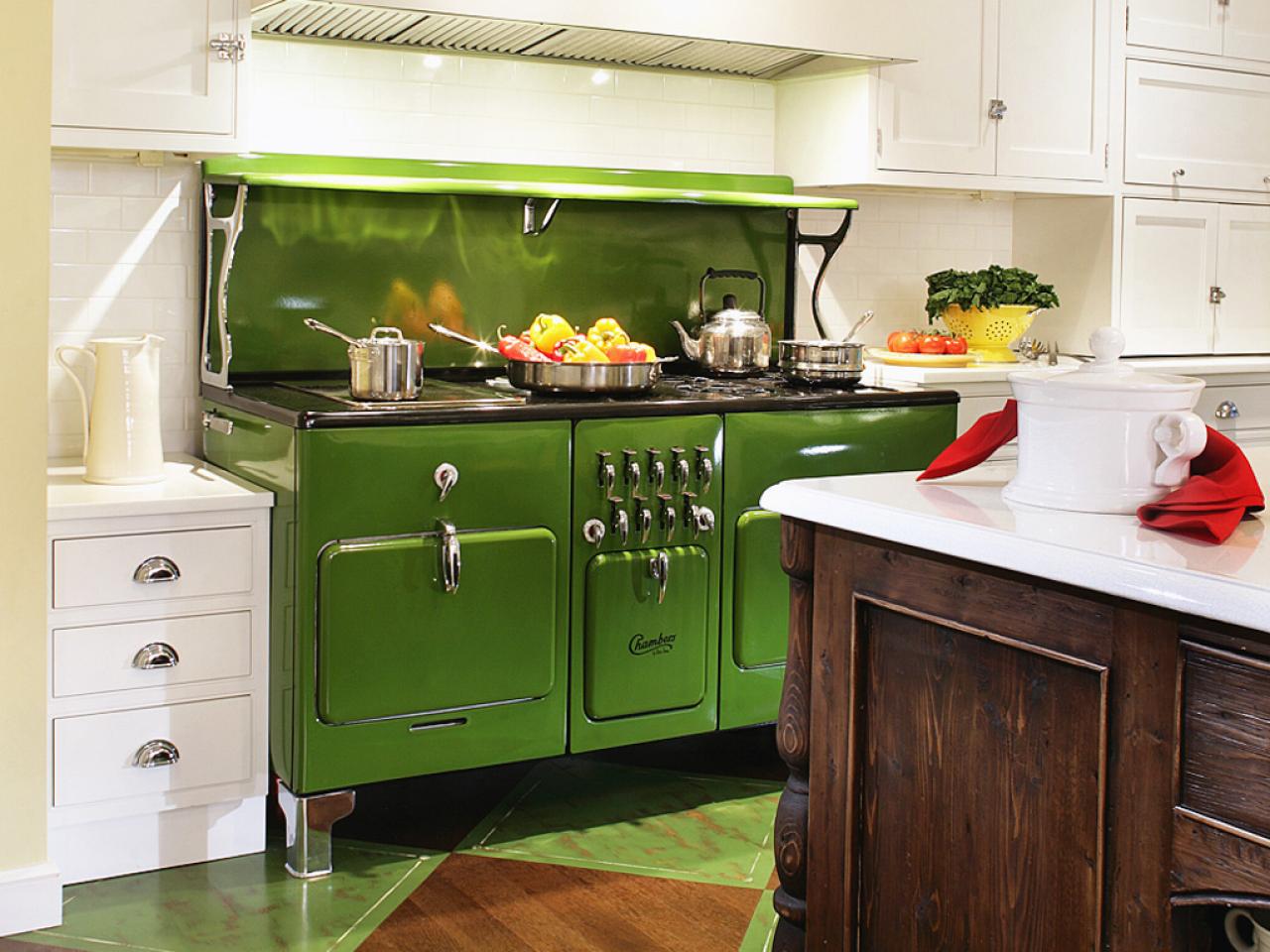
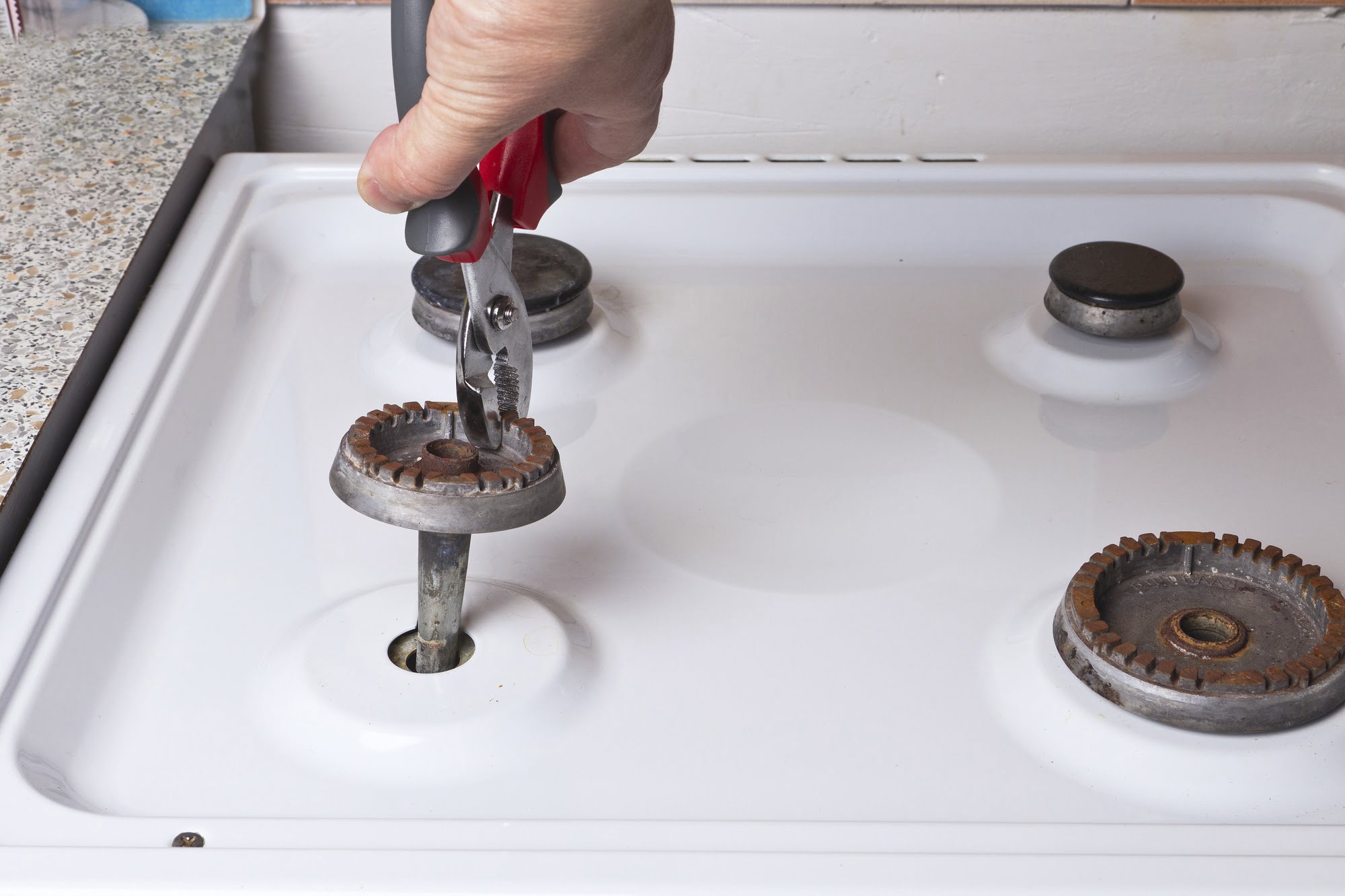
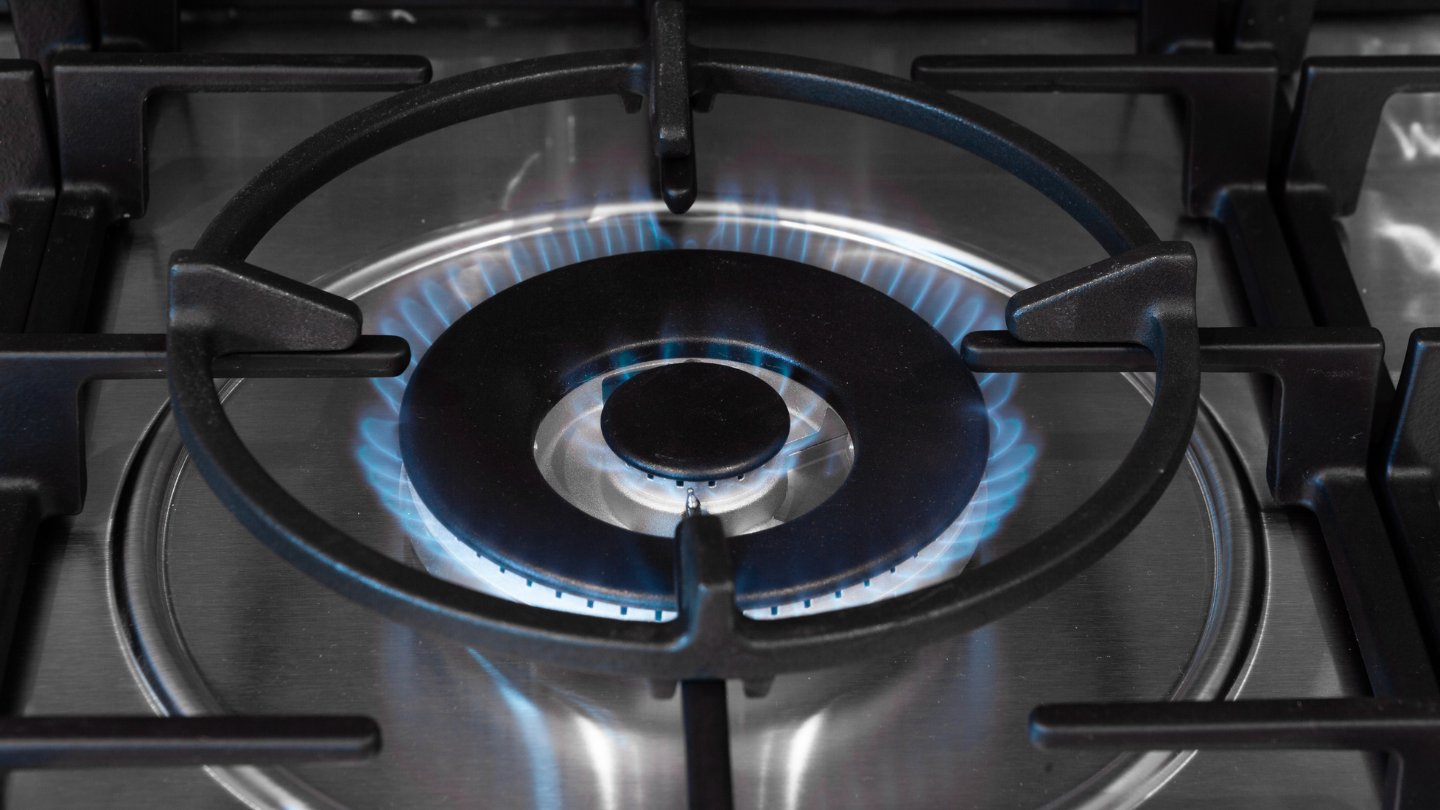
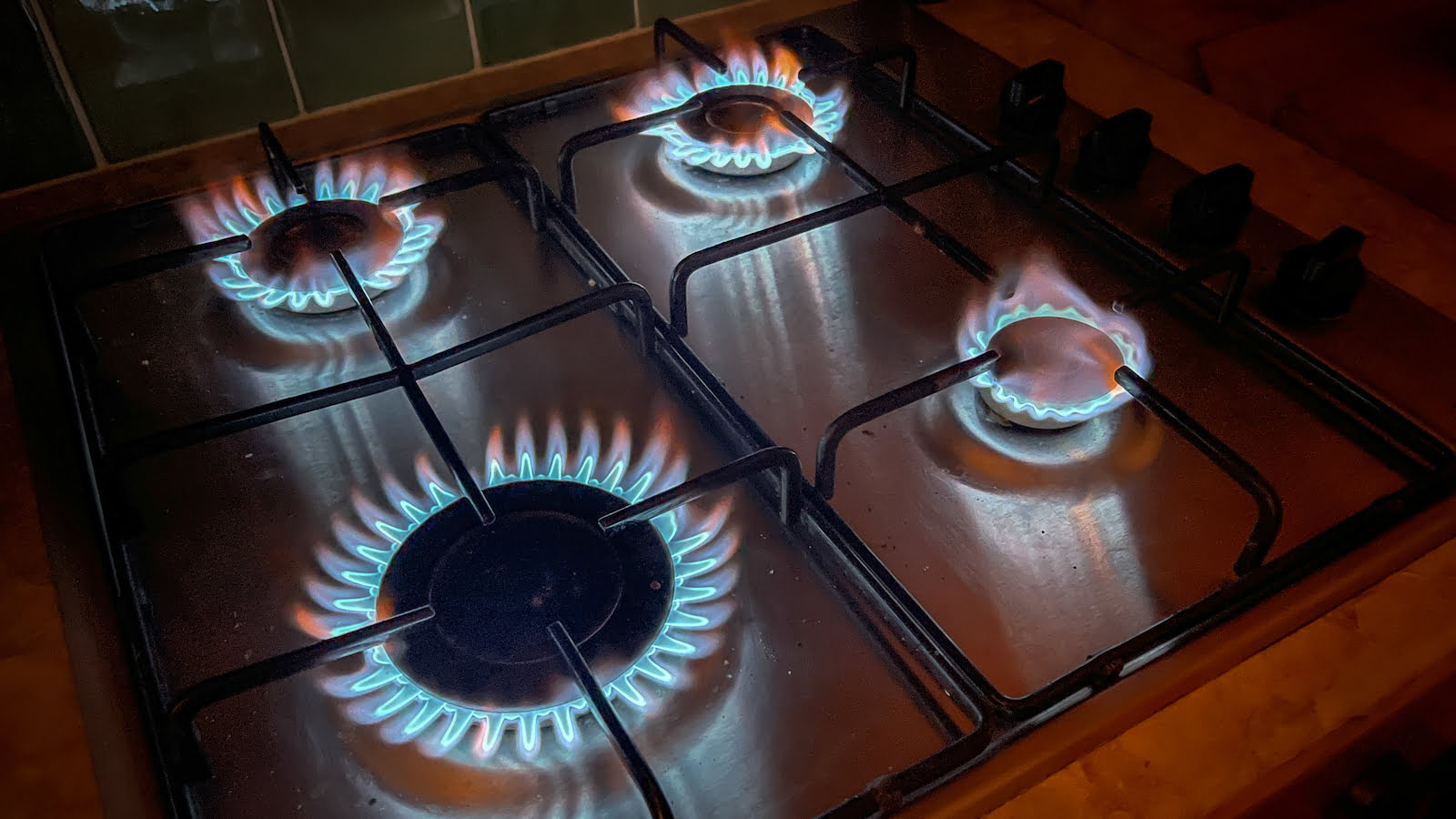

0 thoughts on “What Does Foil On Stove Burners Do”